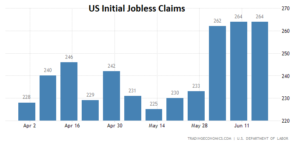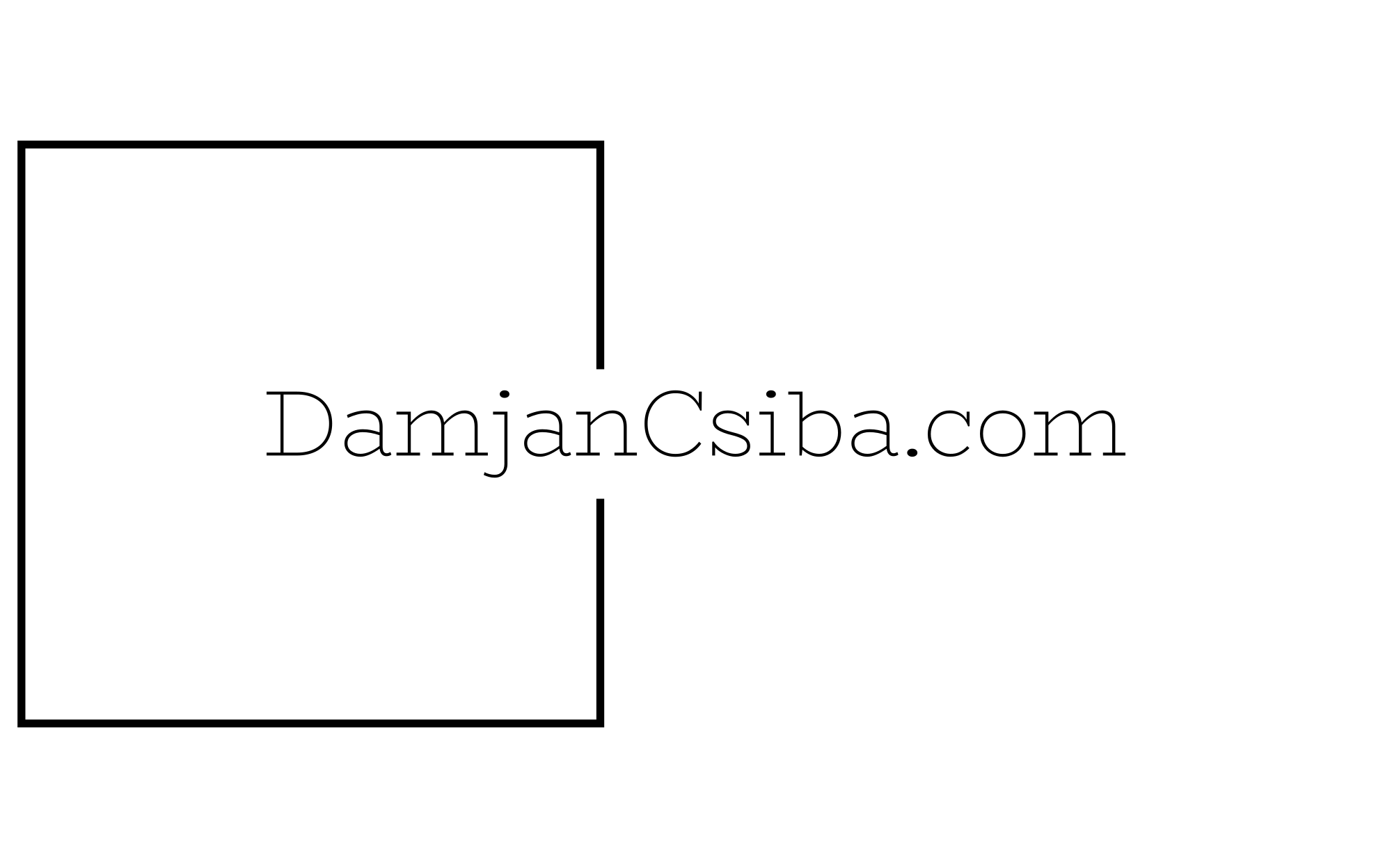Stay informed about the latest happenings in the global macroeconomic landscape and make smarter investment decisions. Here are the key events shaping the future macro and investment environment this week:
1️⃣ Producer prices in Canada continued to decline, reaching their fastest pace since October 2009. The 6.3% year-on-year slump in May indicates deflationary pressures in the country. (Source: Statistics Canada)
2️⃣ Germany witnessed a slowdown in producer price inflation, with prices rising by 1% YoY in May. The decline in energy prices contributed to the lower inflation rate, while prices for non-durable consumer goods saw increases. (Source: Federal Statistical Office)
3️⃣ The People’s Bank of China (PBoC) implemented its first interest rate cuts since August 2022, aiming to support economic growth. The one-year and five-year loan prime rates were reduced, and more stimulus measures from Beijing are expected. (Source: People’s Bank of China)
4️⃣ The Bank of England surprised the markets by raising its policy interest rate by 50 basis points to combat persistently high inflation. The move represents the 13th consecutive rate hike and puts borrowing costs at their highest level since the 2008 financial crisis. (Source: Bank of England)
5️⃣ Unemployment claims in the United States increased to their highest level since October 2021, reflecting a softening labor market due to the Federal Reserve’s tightening campaign. The impact of the tightening measures is starting to be felt by businesses. (Source: U.S. Department of Labor)
6️⃣ Inflation in Japan unexpectedly declined to 3.2% in May, missing market forecasts. While some categories experienced slower price growth, food prices rose significantly, reaching the highest level since September 1976. (Source: Ministry of Internal Affairs & Communications)
7️⃣ The Eurozone manufacturing sector continued to contract for the eleventh consecutive month, driven by soaring borrowing costs. Output and new orders declined, leading to reduced employment levels and concerns about future demand. (Source: Markit Economics)
8️⃣ The Eurozone services sector also experienced slower growth due to a loss of momentum in consumer spending and easing new business activity. Despite this, employment levels increased, and input price inflation remained high. (Source: Markit Economics)
9️⃣ The US services sector maintained its robust growth, although the rate of job creation slowed. Input cost inflation increased, but companies kept output charges in check to remain competitive. Business sentiment remained positive. (Source: Markit Economics)
🔟 The US manufacturing sector contracted at its fastest pace since December, primarily driven by weak demand and reduced input buying. However, companies were able to expand their workforce, and input prices fell. (Source: Markit Economics)
Graph of the Week:

In conclusion:
The Eurozone is facing a deepening recession, while the US continues to experience a slowdown, reflected in a softening job market.
China is taking steps to combat deflation and has implemented interest rate cuts.
Japan’s inflation is dropping, Canada is facing producer price deflation, and Germany’s producer price inflation is low.
The ECB is nearing the peak of its interest rate hiking cycle, considering the slowdown in demand and resolving supply chain issues and energy crises.
The likelihood of the Fed implementing further rate hikes this year has decreased, considering the recent data, but it remains dependent on June’s CPI, US bank deposit losses in Q2 and the state of the job market.
Stay tuned for more updates on macroeconomic trends and investment insights! Subscribe now to receive exclusive content directly to your inbox through damjancsiba.com. 💼💰
📩: Seeking answers to investing/wealth questions? DM me!
🔔: Subscribe for more content on damjancsiba.com
💬: Comment
Source: tradingeconomics.com

